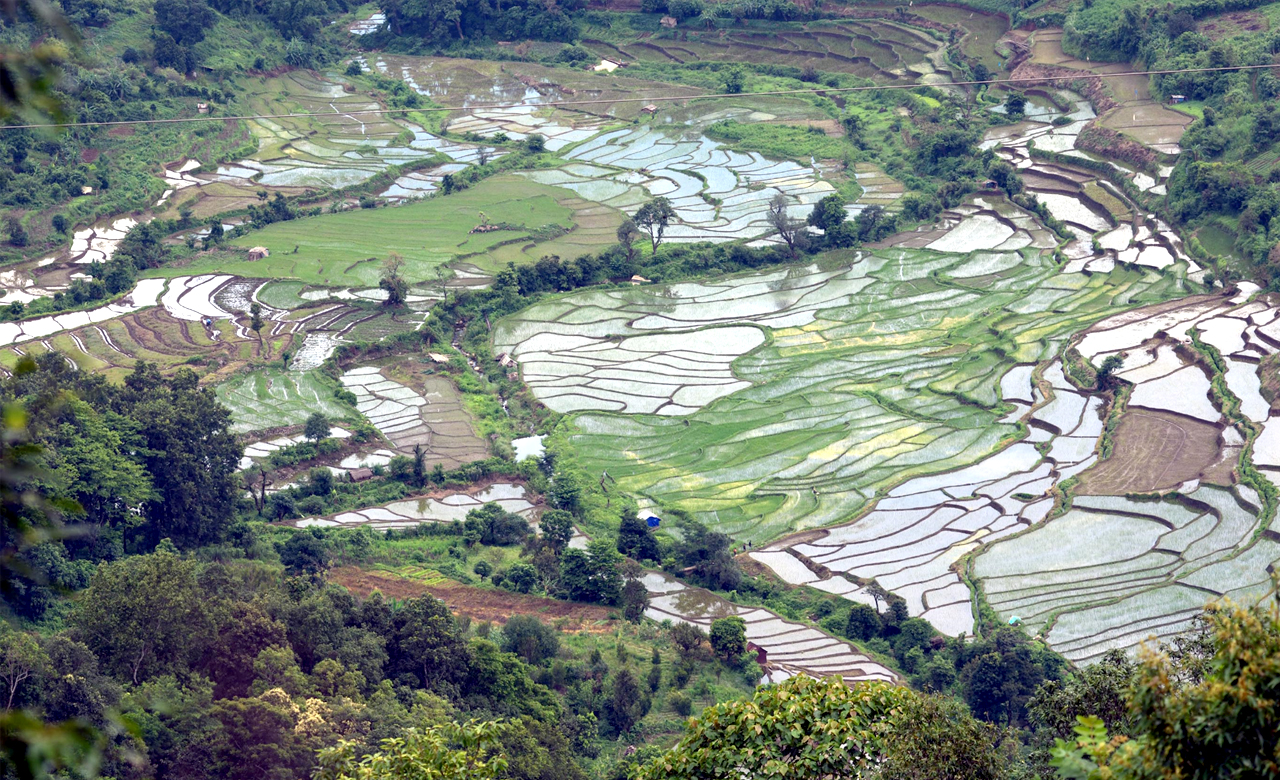
The State of Meghalaya, one of the seven Sister States of the Northeast, has the most amount of natural resources. From rainfall to minerals and flora and fauna, it has been blessed with an abundance of natural resources. However, the development has been hampered by inefficient management of these resources. Resources that were once abundant are depleting gradually due to global warming and pollution.
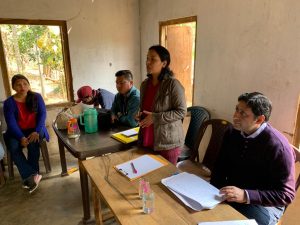 To combat this problem, the Government of Meghalaya along with the support of the World Bank, partnered with RMSI to develop a Natural Resource Management system that would restore the degraded landscape of the state, build climate resilience, and generate livelihood opportunities.
To combat this problem, the Government of Meghalaya along with the support of the World Bank, partnered with RMSI to develop a Natural Resource Management system that would restore the degraded landscape of the state, build climate resilience, and generate livelihood opportunities.
Let me share a background on this program through this blog…
Depleting Natural Resources and falling livelihood in Meghalaya
The natural resources of Meghalaya’s forests, including land and water etc. are degrading rapidly, due to global warming and environmental pollution impact. The majority of its population is dependent on these natural resources for their livelihood and income. This degradation is a major cause of concern, from both the environment as well as the social and economic points of view. Hence, there is a critical need for natural resources intervention to look at reversing this situation.
Adopting a community based approach
As most of the natural resources are owned by communities in Meghalaya GoM wanted to come up with an appropriate and sustainable solution, in which they adopted a community- based approach. In order to meet the project objective, the existing communities had to be aligned with the project.
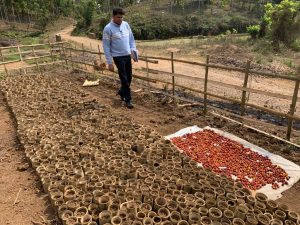 Considering the interest of the local communities and also keeping the core objective in mind, the GoM launched its flagship Programme, the Integrated Basin Development Project (IBDLP), in 2012. IBDLP is a citizen-centric and demand-driven programme which focuses on the development of community participation and capacity-building as the pathway to sustainable eco-systems development.
Considering the interest of the local communities and also keeping the core objective in mind, the GoM launched its flagship Programme, the Integrated Basin Development Project (IBDLP), in 2012. IBDLP is a citizen-centric and demand-driven programme which focuses on the development of community participation and capacity-building as the pathway to sustainable eco-systems development.
Nestled under IBDLP, the Community-Led Landscape Management Programme of the Government of Meghalaya (CLLMP), looks at natural resources management through a community-led landscape approach and receives support from the World Bank.
Focus of the CLLMP
The objective of CLLMP is “to strengthen community-led landscape management in landscapes in the state of Meghalaya.”
Major Components of the Programme are:
- To strengthen knowledge and capacity of communities for Natural Resources Management
- To implement and plan community-led landscape
- Project management and governance
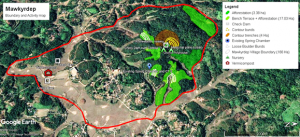 This initiative by GoM also focuses on Managing and conserving the natural resources, especially forests, soil, and water sources, in a manner that supports the financial and physical well-being of communities in the State and also, to develop and institutionalize a model for government support for community-led management of natural resources that can be replicated in other parts of India.
This initiative by GoM also focuses on Managing and conserving the natural resources, especially forests, soil, and water sources, in a manner that supports the financial and physical well-being of communities in the State and also, to develop and institutionalize a model for government support for community-led management of natural resources that can be replicated in other parts of India.
Innovatively using Geospatial technology for achieving the conservation and sustainability objectives of the CCLMP
The Meghalaya Community-Led Landscape Management Project is a unique project that seeks to leverage the strength of the existing communities to develop a sustainable Natural Resource Management system to enable the restoration of degraded landscapes in the state, build climate resilience and generate more opportunities for livelihoods. To achieve this, RMSI developed the Management Information System (MIS) a web-based GIS application and an Integrated android-based mobile application with a complete workflow-based system for tracking the Physical and Financial Activity across the project area (11 Districts of Meghalaya).
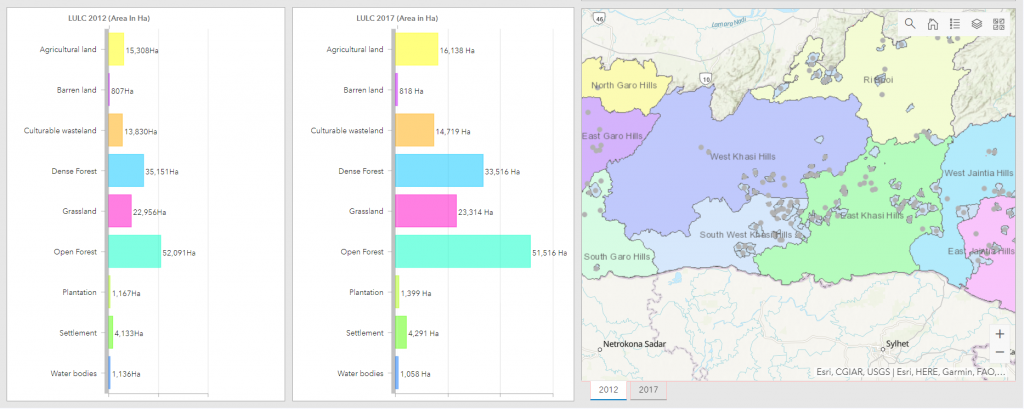
The application tracks & monitors the physical and financial progress of the project at the State, District, and Village/Community level, which facilitates course correction and decision-making. Tracking of the funds flow from the GoM (Government of Meghalaya) to the MBMA, State,
District, Block, and Community units of the project, is also one of the crucial roles which is fulfilled by the application.
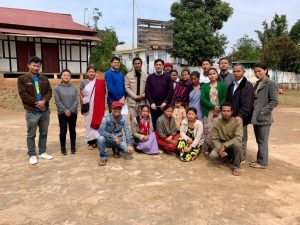 What does CCLMP bring for the future of Meghalaya?
What does CCLMP bring for the future of Meghalaya?
The application not only helped with managing the procurements, conflict resolution, grievance redressal, and monitoring, but also identifies, monitors, and mitigates environmental and social risks related to the project interventions.
This innovative step by GoM will ensure increased availability of water, biological resource and soil productivity which will impact around 55,500 hectare of land in 400 villages, selected from North-East Space Application Centre (NESAC) -classified set of critical landscapes.